I may be weird...but I don't get the whole wide screen thing...I rather have the whole picture than black bars on the screen. LOL
I honestly don't know why people are still confused about this these days, so I'll try to explain this again...
The
whole picture
is the widescreen version.
Would you rather have Muppet characters
chopped out of each shot
or have the
image size reduced to see the
whole picture on one of the old square-shaped televisions with black bars covering where there
is no image? I'm sorry, but as a fan, I side with the Muppets every time and want to see each film framed in the
correct ratio that the film makers intended.
99% of the time, that ratio would be widescreen.
**However, some films are shot in full frame (because it's a cheaper film stock) with the intention that they format it to widescreen once viewed on
any screen. Don't be fooled. When you see "full frame" on home video it is not always the over-shot picture. It's commonly the
widescreen version cropped yet again! And regardless, no full frame version of any theatrically released widescreen film is what any director would suggest for viewing.
Full frame disrespects all the creative people who worked on the picture...unless you're talking an old television episode or a film like Snow White that has a native full frame format. 99% of motion pictures are widescreen.
Hope this helps. If not,
here's an illustrated article that explains the difference.

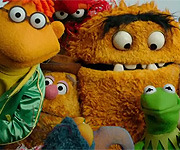 Welcome to the Muppet Central Forum!
Welcome to the Muppet Central Forum!
.jpg) Christmas Music
Christmas Music
 Macy's Thanksgiving Parade
Macy's Thanksgiving Parade
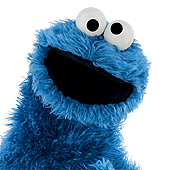 Sesame Street debuts on Netflix
Sesame Street debuts on Netflix
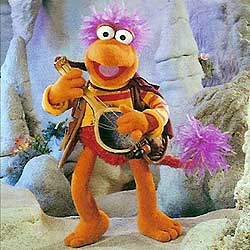 Back to the Rock Season 2
Back to the Rock Season 2
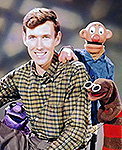 Sam and Friends Book
Sam and Friends Book
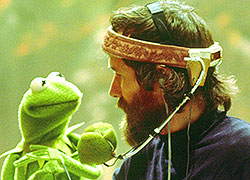 Jim Henson Idea Man
Jim Henson Idea Man
 Bear arrives on Disney+
Bear arrives on Disney+


